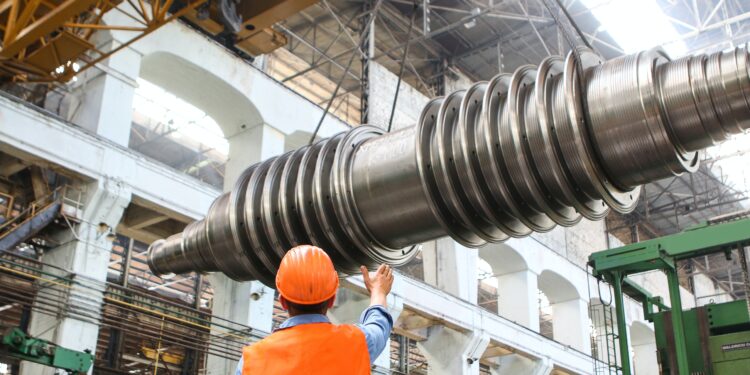In the vast tapestry of the American economy, one thread has always been woven prominently—manufacturing. From the bustling factories of the Industrial Revolution to the global production hubs of the 20th century, American manufacturing has been the backbone of the nation’s economic strength. However, over the past few decades, this sector has faced formidable challenges, leading to a decline in domestic production and a reliance on overseas outsourcing. Yet, in recent years, a remarkable transformation has been unfolding—a rebirth of American manufacturing, driven by reshoring initiatives and a newfound commitment to innovation.
The Shift Away from American Manufacturing
The decline of American manufacturing was a gradual process, marked by a multitude of factors. The allure of cheap labor overseas, coupled with relaxed regulations and the promise of lower production costs, led many American companies to move their operations abroad. China, in particular, became a manufacturing juggernaut, attracting countless businesses seeking to maximize profits.
The consequences of this shift were profound. Once-thriving manufacturing towns experienced economic stagnation and job losses. The United States started importing more goods than it exported, resulting in trade deficits that raised concerns about national economic security. Moreover, the country’s ability to innovate and maintain technological leadership in various industries was eroded as production capabilities shifted overseas.
The Dawn of Reshoring
However, the early 21st century marked a turning point. A combination of factors, including rising labor costs in countries like China, quality control issues, and the desire to reduce supply chain vulnerabilities, prompted American companies to reconsider their offshoring strategies. This marked the beginning of reshoring—a deliberate effort to bring manufacturing back to American soil.
Reshoring is not a one-size-fits-all solution but a multifaceted strategy. It involves carefully evaluating the advantages of domestic production, ranging from cost-effectiveness and quality control to reduced lead times and proximity to the consumer market. Companies are increasingly recognizing that domestic manufacturing can offer distinct advantages, such as the ability to respond rapidly to changing market demands and enhance the overall customer experience.
Moreover, reshoring is not limited to a specific industry. It spans a diverse spectrum, encompassing everything from consumer electronics and automotive manufacturing to pharmaceuticals and apparel. The reshoring trend has breathed new life into American manufacturing, spurring job creation and economic growth.
The Role of Innovation
One of the driving forces behind the resurgence of American manufacturing is innovation. As companies bring production back to the United States, they are also reimagining their manufacturing processes. Automation and advanced technologies are playing a pivotal role in this transformation.
Automation, for instance, has the potential to revitalize American manufacturing by increasing productivity, reducing labor costs, and improving product consistency. Robotics and artificial intelligence are being integrated into production lines to streamline operations, enhance efficiency, and reduce human error. This not only makes American manufacturing more competitive on a global scale but also opens up new career opportunities in fields like robotics engineering and data analytics.
Furthermore, innovation in materials and sustainable manufacturing practices is reshaping the landscape of American production. Sustainable manufacturing not only reduces the environmental impact but also caters to the growing demand for eco-friendly products. American companies are exploring novel materials, energy-efficient processes, and circular economy models to reduce waste and promote sustainability.
Government Initiatives
The rebirth of American manufacturing has also been bolstered by government initiatives and policies. Both federal and state governments have implemented measures to incentivize reshoring and support domestic manufacturing. Tax incentives, grants, and funding opportunities have been made available to companies that commit to reshoring their operations.
Additionally, efforts to strengthen the workforce are vital. Apprenticeship programs, vocational training, and partnerships between educational institutions and manufacturers are being encouraged to address the skills gap and ensure a skilled labor force for the future.
In conclusion, the resurgence of American manufacturing through reshoring and innovation is a testament to the resilience of the nation’s industrial sector. While the challenges of the past cannot be ignored, the current landscape is marked by a renewed commitment to domestic production, driven by a recognition of the strategic advantages it offers. As technology continues to evolve and the global economic landscape shifts, American manufacturing is not merely making a comeback—it’s laying the foundation for a new era of growth, competitiveness, and innovation.













Recent Comments